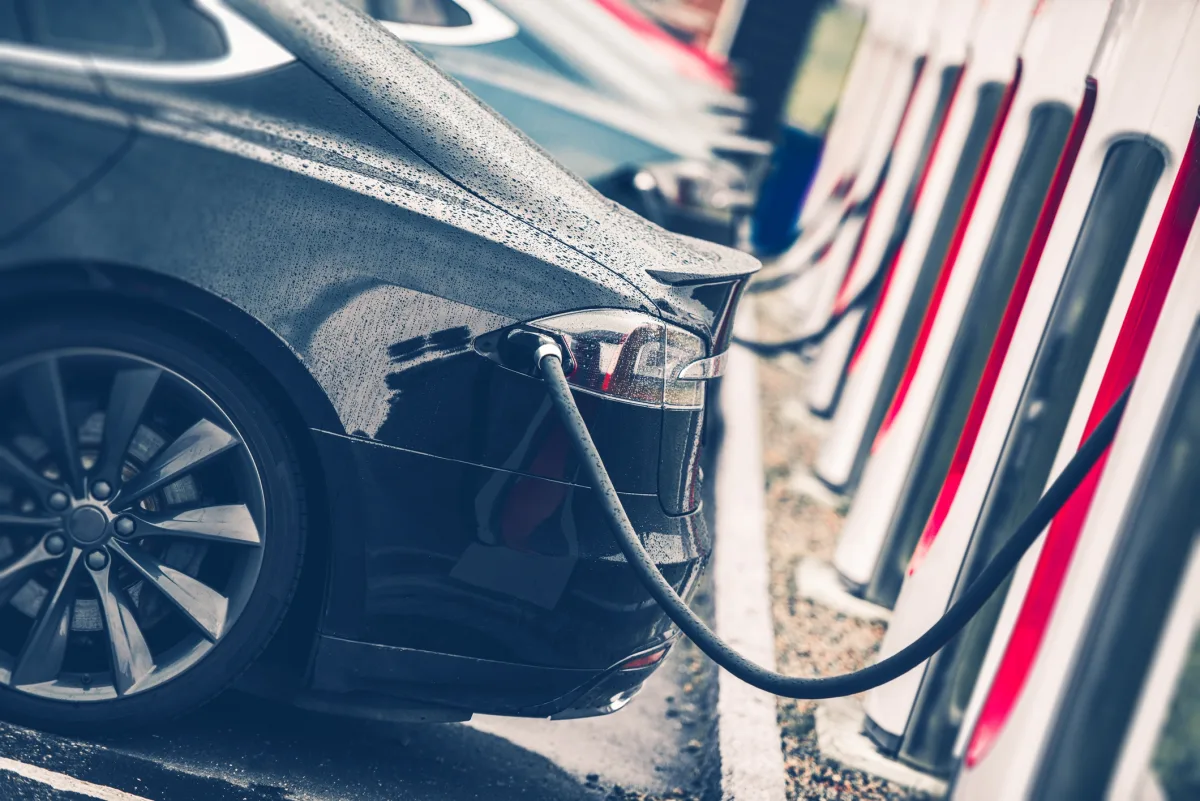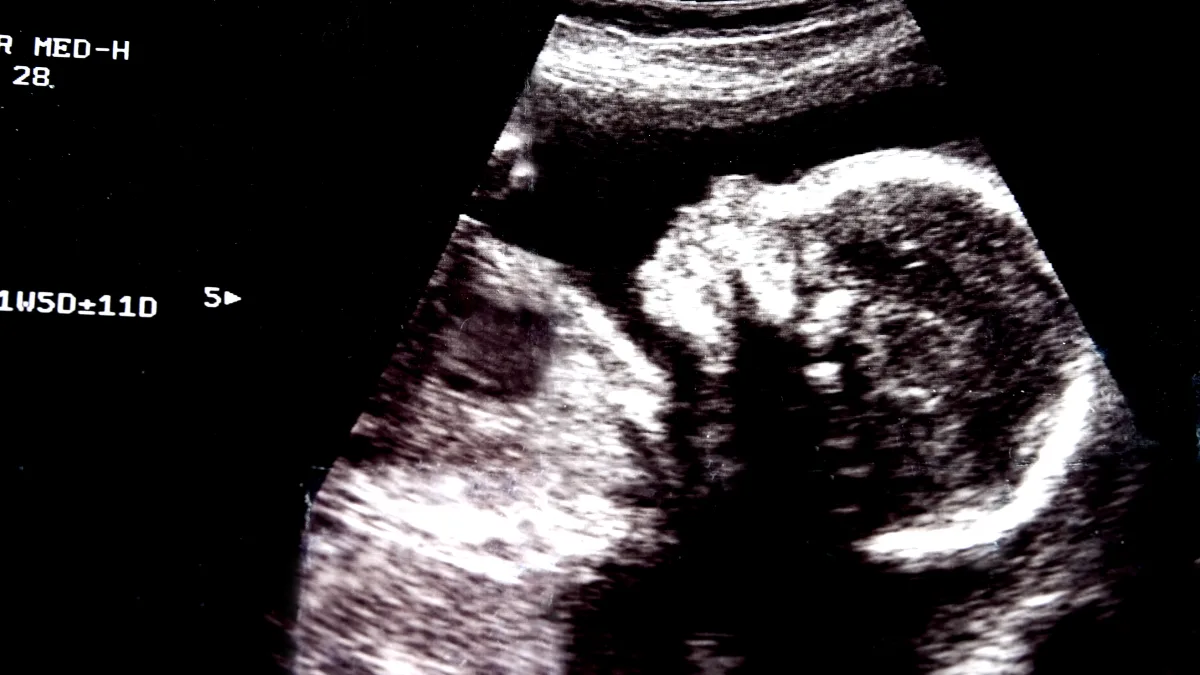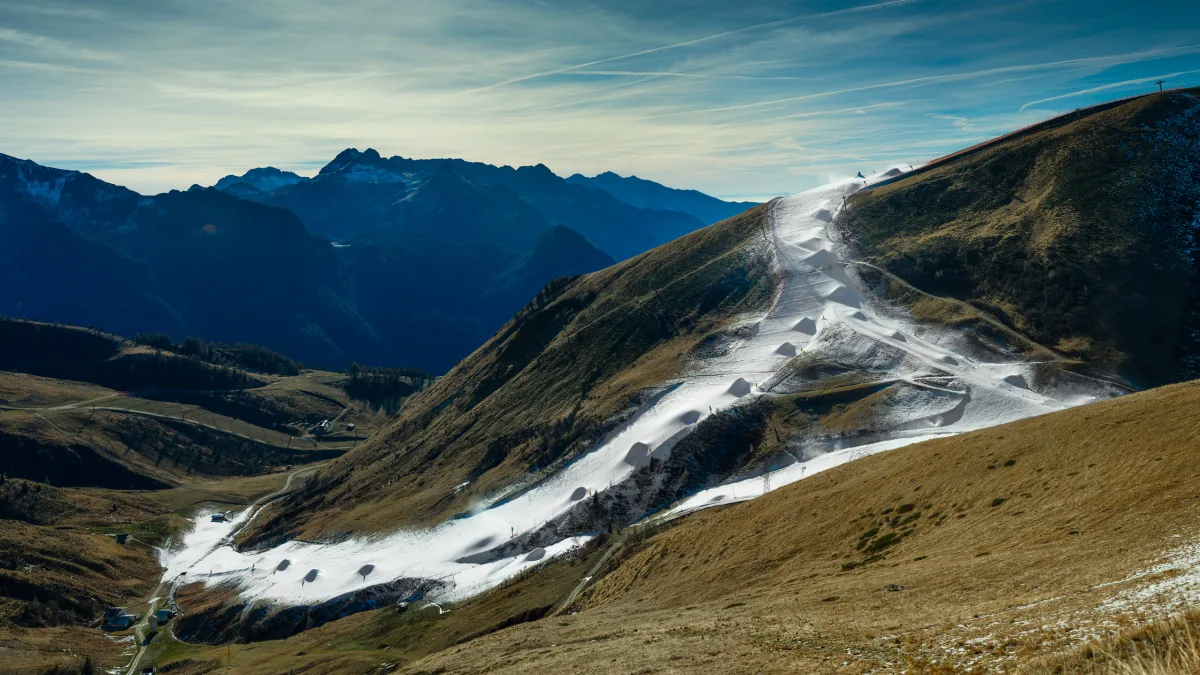Europe has a lithium problem. By 2030 the continent will need 18 times more of the stuff than it uses today; by 2050, 60 times more. Yet China controls 69 per cent of global production and processes 90 per cent of the world’s supply. Beijing’s stranglehold has sent European officials scrambling for alternatives—and stumbling upon a possible solution in the steppes of Central Asia.
Kazakhstan, it turns out, sits on rather more than oil and gas. In March researchers from South Korea’s Institute of Geoscience and Mineral Resources announced they had found lithium worth 15.7 billion US dollars in the country’s east. The Bakennoye deposit spans just 1.6 square kilometres, yet its riches have German, Canadian and American firms queuing up with chequebooks. Kazakhstan’s own geological service reckons the country has 75,600 tonnes of lithium reserves—possibly 100,000 tonnes once fully explored.
This is no flash in the pan. The broader Karagandy region has revealed what officials call the world’s third-largest rare-earth deposit, containing 935,000 tonnes of elements essential for electric motors and wind turbines. Add 124 other promising deposits across Kazakhstan, and the picture emerges of a country that could reshape global supply chains.
Neighbouring Kyrgyzstan, though smaller, punches above its weight. The Kyzyl-Ompol deposit alone holds 20 million tonnes of titanomagnetite, used in multiple clean energy applications; the Kutessay-2 site contains 60,000 tonnes of rare earths spanning 21 elements. Soviet-era surveys identified 75 such deposits across the country, most barely touched since the 1970s.
Geography favours these upstarts. Unlike South America’s ‘lithium triangle’, where brine extraction produces mainly lithium carbonate, Central Asia offers hard-rock deposits yielding lithium hydroxide—precisely what Europe’s battery-makers prefer for high-performance electric vehicles. Extraction costs from hard rock run roughly half those of brine operations, though the latter typically command higher prices for their finished products.
China’s retort, Europe’s need
China grasps the threat. Beijing has banned exports of rare-earth extraction technologies, making it harder for competitors to develop their own industries. Chinese firms routinely operate at losses to maintain market dominance; neodymium-praseodymium prices fell 20 per cent between January and July 2024 as producers squeezed rivals. The strategy works: China holds 87 per cent of the global market for neodymium-iron-boron magnets, the workhorses of modern motors.
European demand projections are huge. The bloc expects electric-vehicle sales alone to require 380,000 tonnes of lithium-equivalent by 2030, yet domestic mining will produce just 135,000 tonnes—a shortfall of 245,000 tonnes. Brussels talks grandly of creating a ‘leader in green and sustainable batteries’, but the arithmetic suggests otherwise. A lithium mine in Serbia will fill some of the shortfall, but nowhere near all of it.
Enter the Central Asians, who have learned to play suitors off against each other. Kazakhstan has signed strategic partnerships with the EU, Britain, South Korea, Japan and China for rare-earth development. German company HMS Bergbau has committed eight million US dollars to explore the Akhmetkino lithium deposit, with up to 500 million US dollars more if reserves prove viable. South Korean firms lead development at Bakennoye. American companies circle other projects.
The Central Asian republics offer something increasingly precious: genuine alternatives to Chinese supply. Unlike Australia, which ships 98 per cent of its spodumene to China for processing, Central Asian producers could service European refineries directly. Transport costs plummet; supply-chain risks diminish.
No immediate panacea
Nevertheless, the obstacles remain formidable. Building processing infrastructure requires the very expertise and technology that China hoards. Environmental and permitting hurdles can stretch development timelines by decades. Corruption, though improving, still complicates large investments. And Moscow retains influence over both countries, adding geopolitical complexity to purely commercial calculations.
The timeline is also unfavourable. New mines typically take eight-15 years from discovery to production. Europe’s green transition will not wait. Chinese dominance, built over three decades of patient investment, cannot be overturned quickly. Even if every potential Central Asian project succeeds, Europe will remain import-dependent for years to come.
But momentum is building. France and Kazakhstan signed a strategic partnership roadmap in November 2024. Former German Chancellor Olaf Scholz invited Kazakhstan to participate in creating a regional research centre for rare earths. The Korea Institute plans joint drilling investigations next year. Each agreement chips away at Chinese hegemony.
Central Asia’s hour may finally be arriving. For countries that spent decades as geopolitical afterthoughts, the green revolution offers unexpected leverage. Whether they can convert geological potential into lasting influence depends on navigating between competing powers without antagonising any. In a world where lithium is the new oil, that could prove the most valuable skill of all.
Photo: Dreamstime.







